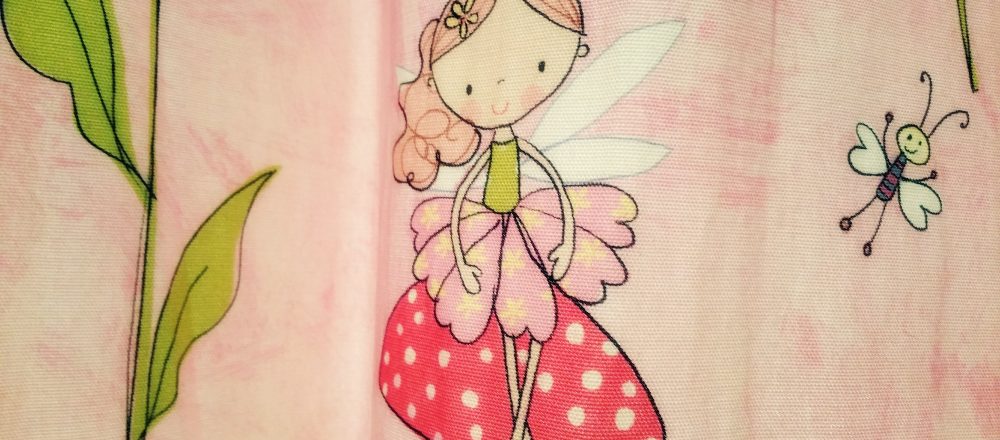When the world began to go into lockdown early in 2020, the arts sector immediately stepped in to entertain, challenge and comfort us. They did this at a time we all needed it and they did it online
Major galleries challenged us to recreate a masterpiece in our own homes using whatever props we might have at hand. Theatrical performances and concerts were suddenly available to stream at home for free, or for a low-ticket price. Book clubs and drawing lessons moved online.
Most people with internet and a device have probably turned to the arts in some way during this time, for comfort or entertainment to brighten some otherwise bleak days. More than ever, this year has revealed the ways we all enrich our lives with art activities and art forms, every day.
However, in Australia, the arts sector has consistently suffered severe funding cuts over the past few years. A massive cut to the arts occurred in 2015 when George Brandis was Federal Minister for the Arts, and the repercussions are still being felt in 2020, as scheduled rounds for operational funding come around. Unfortunately, many of those who lost funding since the 2015 cuts are companies that work with, or make work for, children and young artists aged under 25.
In May 2020, five youth arts companies who lost funding wrote to the current federal Minister for the Arts, Paul Fletcher, naming another 21 Australian youth arts organisations who’ve had funding withdrawn in the last decade. They claimed that “in a nation of over 4.7 million children there are now only three federally funded companies touring work for young audiences and four creating work with young people.” Many of these companies have run successful programs for children and young people since the 1970s; a few had been running since the 1960s.
Youth arts companies and organisations provide training to an upcoming generation of potential arts practitioners, but their overall mission is broader. They provide valuable skills and learning to a cohort of children and young people, many of whom will not go on to become professional artists, just as the majority of kids playing Saturday netball and football at their local clubs will not become elite sportspersons. Most parents send their kids to those sports programs, and arts programs, with an awareness of the wider benefits their kids will get from participating.
Study after study on the effects engaging children and young people in the arts tell us that arts programs teach important skills – like how to work collaboratively with others, how to envision an idea and develop a plan to achieve it, how to confidently make a series of decisions, deal with setbacks and failures when things don’t work, how to judge when an error, or “failure” might be an opportunity, and when to go back to the drawing board (perhaps literally!).
It’s not surprising that a recent study undertaken by the Australia Council for the Arts with the Sydney Opera House, Cultivating Creativity, noted that research,
“demonstrates the value of arts and creative activities for anticipating times of challenge and change. Creative methodologies can equip both students and the teaching community with the skills and capabilities required to meet difference, difficulty and the previously unimaginable with confidence.”
Being able to meet the previously unimaginable with confidence sounds like the best skill to have in 2020!
For a variety of reasons, some kids and young people will have difficulty accessing arts programs. Many arts organisations have an access policy or program to make participation possible for children and young people who might otherwise be excluded. St Martins Youth Arts Centre, in Melbourne, for example, offer scholarships to overcome barriers related to disability, neurodivergence, economic difficulty, or cultural differences. Artists for Kids Culture (AKC) provide small grants for children aged five to seventeen, for access to cultural, artistic, musical, sporting and educational activities that they may otherwise not be able to participate in.
Despite funding cuts and COVID-19, there are still opportunities out there for young artists. If you are a young artist or the parent or guardian of a child who would benefit from participating in arts programs, it’s worth checking the websites of local arts companies to see if they have an access program. Other websites to check are:
- Local councils, who may run arts programs, and often provide links on their website to arts companies, programs and arts grants in that Local Government Area.
- The Australia Council for the Arts – for grants and resources for young artists
- State government arts bodies (e.g. Creative Victoria, Arts QLD) – also for grants and resources
- State-run arts organisations such as state galleries, state theatre companies and music venues
- Fringe Festivals in each state – not just to attend shows, but to see if they offer programs to assist young artists to develop work
- Next Wave Festival (Melbourne based)
- Emerging Writers Festival (Melbourne based)
- Young artists with disabilities can also check out Arts Access Australia, and the state-based Arts Access organisations.
I encourage everyone who knows an artistically inclined young person to keep an eye out on other opportunities. The world can always use more art, and some of the most exciting work is made for or with children and young people.


